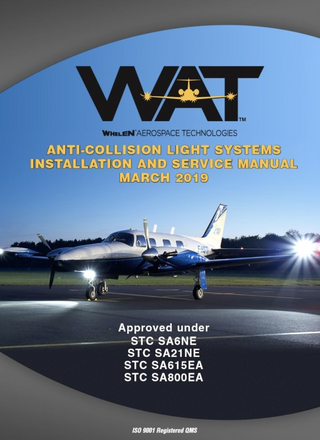

to decay and suggest thatthe captain should have either taken control or call for a missed approach.īefore the airplane reached the FAF, the first officer requested 45° flaps and reduced power, and the airplane began to descend. The NTSB say this speed reduction risked an aerodynamic stall if the speed were to continue. However, the first officer did not initiate a descent, the captain failed to notice, and the airplane remained level at 3,000 ft msl.Īs the first officer continued to slow the airplane from about 150 to 125 knots, the captain made several comments about the decaying speed, which was well below the proper approach speed with 25° flaps of 144 knots. The airplane was already established on the localizer when the approach clearance was issued and could have descended to the FAF minimum crossing altitude of 2,300 ft msl. When the flight was about 4 nautical miles from the final approach fix ( FAF), the approach controller cleared the flight for the localizer 25 approach and instructed the flight to maintain 3,000 ft mean sea level (msl) until established on the localizer.

To reduce speed, the first officer began configuring the airplane for landing, lowering the landing gear and likely extending the flaps to 25° (the airplane was not equipped with a flight data recorder, nor was it required to be). …the approach controller instructed the flight to reduce speed because it was following a slower airplane on the approach. As a result, the captain and first officer did not have a shared understanding of how the approach was to be conducted. The ensuing approach briefing was unstructured, inconsistent, and incomplete, and the approach checklist was not completed. The Accident FlightĪlthough company standard operating procedures (SOPs) specified that the pilot flying was to brief the approach, the captain agreed to the first officer’s request that the captain brief the approach. However, in the accident that you will hear about today, we found a flight crew, a company, and FAA inspectors who fell short of their obligations in regard to safety. In his opening remarks NTSB Chairman Christopher Hart said:Ī traveler boards an on-demand charter flight with the assumption that these government and company protections are in effect. Wreckage Execuflight Hawker 700 N237WR in Akron OH (Credit: NTSB)


 0 kommentar(er)
0 kommentar(er)
